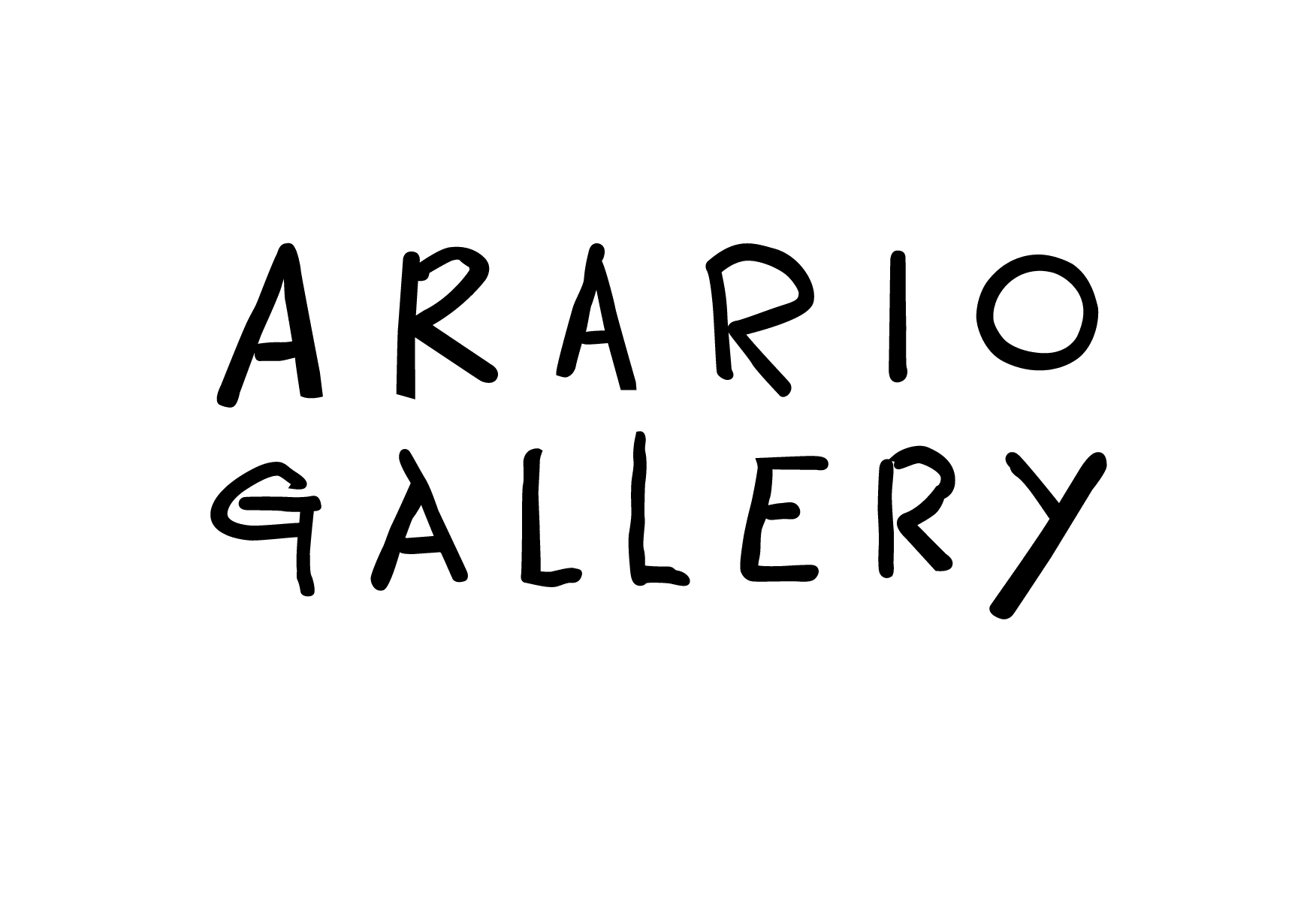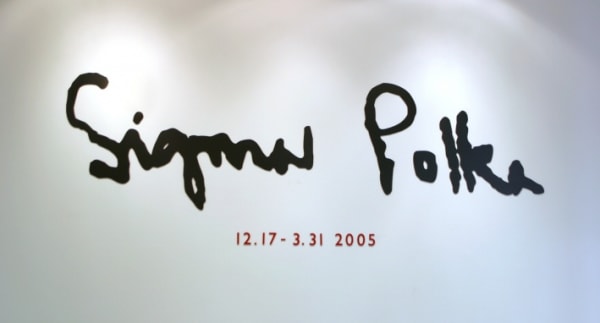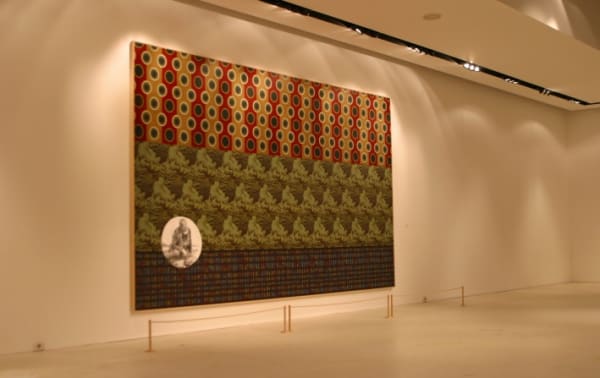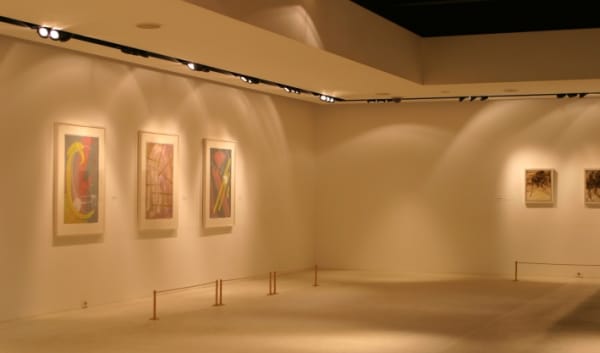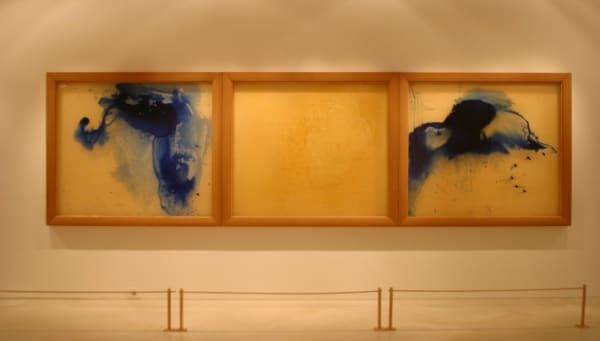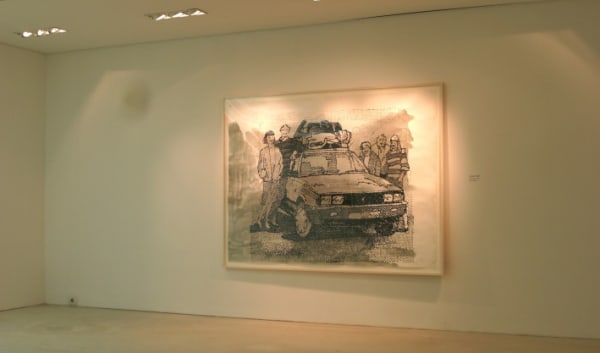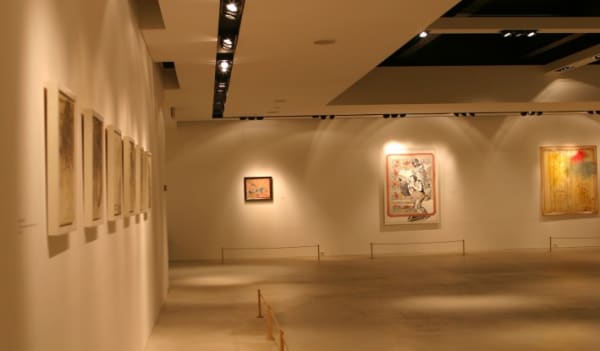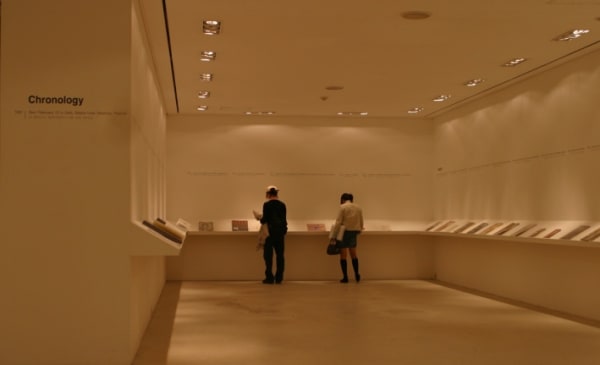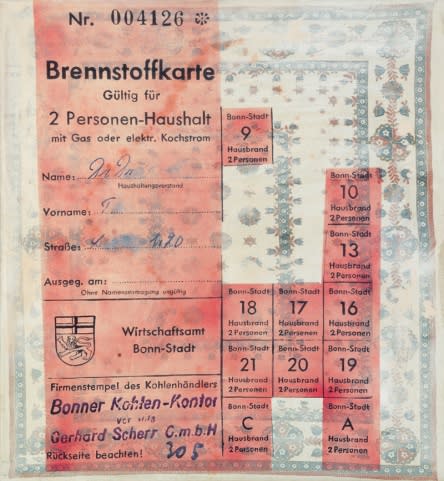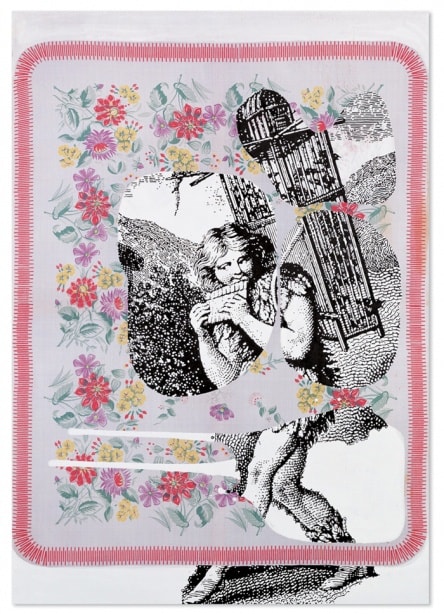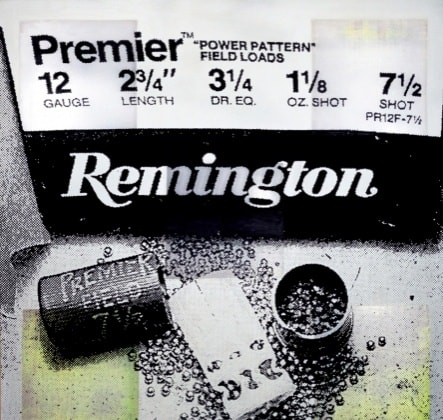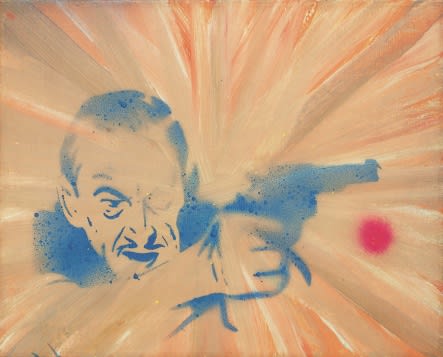Sigmar POLKE
Period | 17 December 2004 – 31 March, 2005
Venue | Arario Gallery Cheonan
Works | 20 pieces of paintings
Opening Reception | 6pm, 17 December, 2004
Unlike other artists who represent a movement as avatars of a formal or conceptual ideology, POLKE has resisted these narrow definitions through an aggressive and relentless pursuit of the possibilities of materials and ideas. Rather than following the trends of the moment, POLKE acts as initiator and flaneur, defining and embracing the historical and current legacies of abstraction, Pop, Minimalism, Conceptualism and appropriation. The radical originality of POLKE's painting is that their images and media, while seeming to be common to mass produced objects, are like open texts that constantly create new meanings and effects in their relationships with each new spectator and each new space and time.
As POLKE commented "There is no time, only painting" indicates, he is indeed a painter. Unlike other artists who represent a movement as avatars of a formal or conceptual ideology, POLKE has resisted these narrow definitions through an aggressive and relentless pursuit of the possibilities of materials and ideas. Rather than following the trends of the moment, POLKE acts as initiator and flaneur, defining and embracing the historical and current legacies of abstraction, Pop, Minimalism, Conceptualism and appropriation.
If we look for recurring elements in the artist's works, we discover: benday dots that make up the mass-produced images; brush work on a wide range of fabrics; experimentation with different media, especially those used in mass-produced reproductions.
POLKE borrows the benday-dot images of newspapers, magazines, and cartoons, and transposes them onto his canvases. His originality is to reproduce the dots of these images, based on the source image, as opposed to printing them. Although Polke seems to borrow from images that can be mechanically reproduced, in reality the manner in which the image is produced, the ironic contradiction in his work, which is completely hand made, lies in the concrete, seemingly printed image composed of the dots painted one by one, and in their partial reproduction, side by side with abstract brush strokes. Another characteristic of POLKE's painting is his use of fabric. He often composes hand-painted images on a variety of commercial fabrics whose repetitive motifs lose their original sense and used to become catalysts for dramatically new meanings. When it comes to POLKE's uses of a wide variety of media, his participation in the 1986 Venice Biennial is a watershed. For the German Pavilion he made a painting covered with a medium that changed color according to the temperature and humidity of the space. Since then, he has continued to make works whose subjects are media itself. Some works in this exhibition exemplify how POLKE experiments with the effects of silver nitrate, the substance that creates photographic images.
The radical originality of POLKE's painting is that their images and media, while seeming to be common to mass produced objects, are like open texts that constantly create new meanings and effects in their relationships with each new spectator and each new space and time.
Recently, the German magazine, Capital selected Sigmar POLKE as one of the most important living artists. Many people who love art respect POLKE and he has also affected to so many contemporary artists. It is a great pleasure for us to have his solo show in Korea and hope the audience who visit this show will be inspired from his works in Arario.
